
What Is Whiplash?
Whiplash is a broad term used to describe the mechanism of injury involving a rapid and forceful back-and-forth motion of the neck. This motion typically occurs when the head is suddenly jerked backward and then forward, resembling the cracking of a whip. Whiplash is a description of the movement that causes injury and not a specific diagnosis. We understand the importance of this distinction and the value in educating our patients in this distinction. It encompasses a range of injuries to the soft tissues in the neck, including discs, muscles, ligaments, and tendons.
Within the broader category of whiplash, Cervical Acceleration-Deceleration (CAD) injuries represent a more specific subset. These injuries are characterized by the rapid acceleration and deceleration of the head and neck during an impact, such as a car crash. CAD injuries may involve damage to ligaments, tendons, muscles, and other structures in the cervical spine. The term “CAD” is frequently used in the context of motor vehicle crashes due to its specificity. Notably, the typical forward flexion-extension injury we commonly envision is not necessary for this injury mechanism. In many cases, the overall movement of the head and neck can be rather small.
What Are Its Symptoms?
Recognizing the symptoms of whiplash is fundamental to understanding and addressing underlying issues. Here’s are the symptoms of whiplash:

Neck Pain
Pain in the neck is a hallmark symptom of injuries. The pain may be localized or radiate to other areas of the neck.
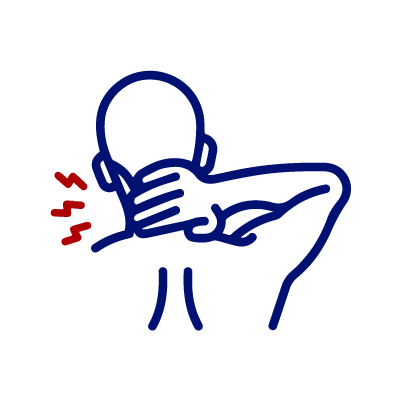
Stiffness
Stiffness in the neck, where the range of motion is limited, is a frequent complaint
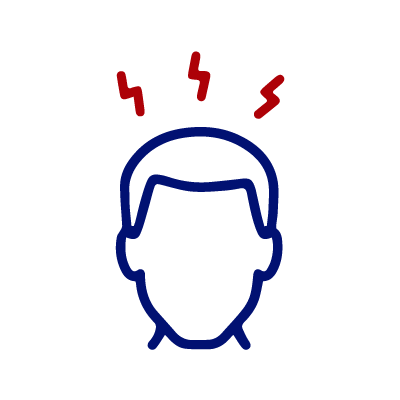
Headaches
These headaches may be tension-type or have characteristics of cervicogenic headaches.
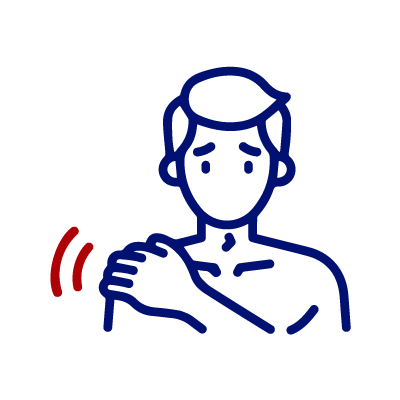
Shoulder And Upper Back Pain
Pain in the shoulders and upper back can result from the forceful movement of the neck during the injury.
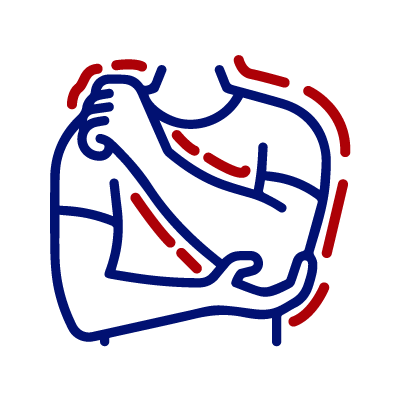
Arm Pain And Tingling
CAD injuries may cause pain, tingling, or numbness that radiates into the arms. This can be indicative of nerve involvement.

Dizziness/ Concussive Symptoms
Some may experience dizziness or lightheadedness, linked to the rapid head motion during the injury.
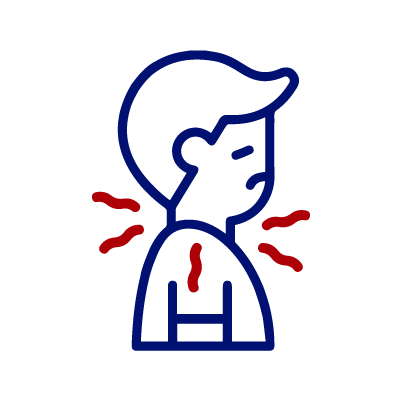
Fatigue
Symptom due to the stress and strain on the muscles and ligaments in the neck.
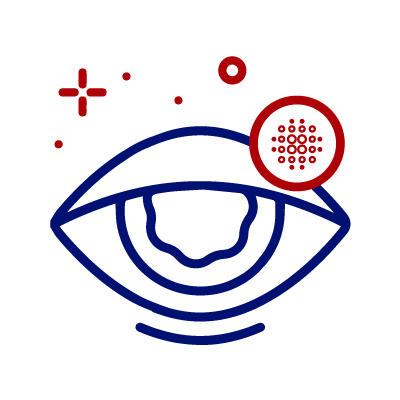
Visual Disturbances
Blurred vision or other visual disturbances can occur, often related to the impact on the cervical spine and surrounding structures.
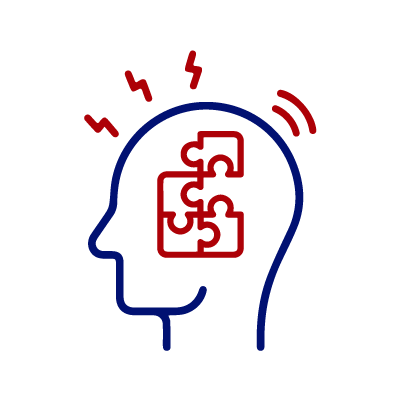
Concentration and Memory Issues
Difficulty concentrating and memory issues may arise, potentially due to the impact of the injury on cognitive function.

Irritability
individuals may experience irritability or mood changes, which can be associated with the overall discomfort and impact on daily life.

Sleep Disturbances
difficulty falling asleep or staying asleep, can be part of the symptomatology following CAD injuries.
Causes And Risk Factors Of Whiplash
Most whiplash injuries stem from sudden acceleration or deceleration, commonly in rear-end car collisions or contact sports. Risk factors include involvement in high-impact activities and automotive accidents.
What Are The Causes?
The origins of whiplash are varied, typically encompassing distinct injuries and conditions, each posing unique challenges that require customized approaches for alleviation and recovery. Here are the causes of whiplash:
- Car Accidents: The most common cause of whiplash is motor vehicle accidents, particularly rear-end collisions.
- Slip And Falls: In slip and fall incidents, the head can experience a sudden jolt as the body loses balance and rapidly moves backward or forward.
- Sports Injuries: Impact in sports, especially contact sports, can cause whiplash when athletes experience a sudden blow or collision that forces their head and neck into an abrupt and uncontrolled movement.
- Amusement Park Rides: Roller coasters and other amusement park rides can subject riders to rapid and forceful movements.
- Skiing Accidents: Falls or collisions while skiing can also cause whiplash, particularly if the skier’s head experiences a sudden and forceful movement.
What Are The Risk Factors?
Recognizing the risk factors linked to whiplash is crucial for taking preemptive measures. These factors significantly influence the probability of experiencing issues with the neck and shoulders.
- Age: Older individuals may be more susceptible to injury due to changes in the musculoskeletal structure and reduced flexibility in the neck creating a lower threshold for tolerating impact.
- Pre-Existing Conditions: Individuals with pre-existing conditions such as arthritis or degenerative disc disease may have a higher risk of experiencing more severe injuries and symptoms after a CAD event.
- Previous Injuries: Individuals with a history of neck injuries or CAD events may be at an increased risk of experiencing more severe symptoms or complications after a new CAD event.
- Occupation: Certain occupations, such as those that involve prolonged periods of sitting or repetitive neck movements, may increase the risk of injury during a CAD event.
- Gender: Studies strongly suggest that females are at a higher risk of sustaining injuries compared to males, due to differences in ligamentous strength, size, and musculature.
- Position, Awareness, And Vehicle Characteristics: Individual position during impact, awareness, and vehicle factors contribute to injury risk; specific impact location, being caught off guard, and trailer hitches play roles.
How Is Whiplash Diagnosed?
In addition to a thorough medical history and physical examination, tests for whiplash may encompass the following. Given that many whiplash injuries involve damage to soft tissue that is not visible on X-rays:
- Neurological Examination: Examination is crucial to assess the function of the nerves and spinal cord. This may involve testing reflexes, muscle strength, sensation, and coordination.
- X-Rays: Used to evaluate bone structures and alignment. Should include flexion and extension views (injuries like fracture/dislocation are first ruled out) once range of motion isn’t limited by pain or muscle spasms.
- Computed Tomography (CT) Scan: Provides detailed cross-sectional images of the spine, helpful for detecting fractures or other bony injuries.
- Magnetic Resonance Imaging (MRI): Produces detailed images of soft tissues, such as discs, ligaments, and the spinal cord.
- Digital Motion X-Rays (DMX): When ligamentous injury is suspected a DMX is extremely valuable in identifying, objectively, the presence of these injuries using AMA Guidelines published criteria for alterations in motion segment integrity (AOMSI)

How Can We Treat Whiplash?
At Highlands Family Chiropractic, we collaborate with a team of professionals and utilize a comprehensive referral network to optimize your outcome through the following treatment options:
Schedule Your Appointment Today
Contact us today to book a free 15-minute consultation with our Chiropractor in Highlands Ranch! We look forward to getting you on the path to optimal health and wellness.



